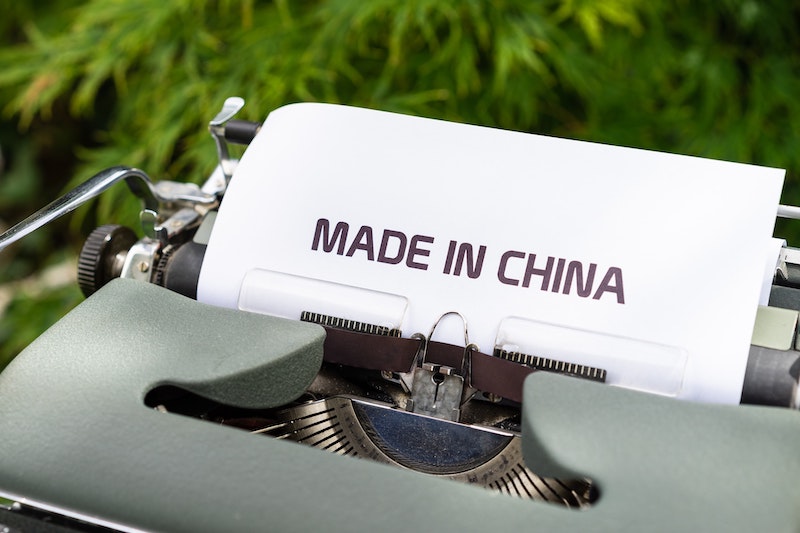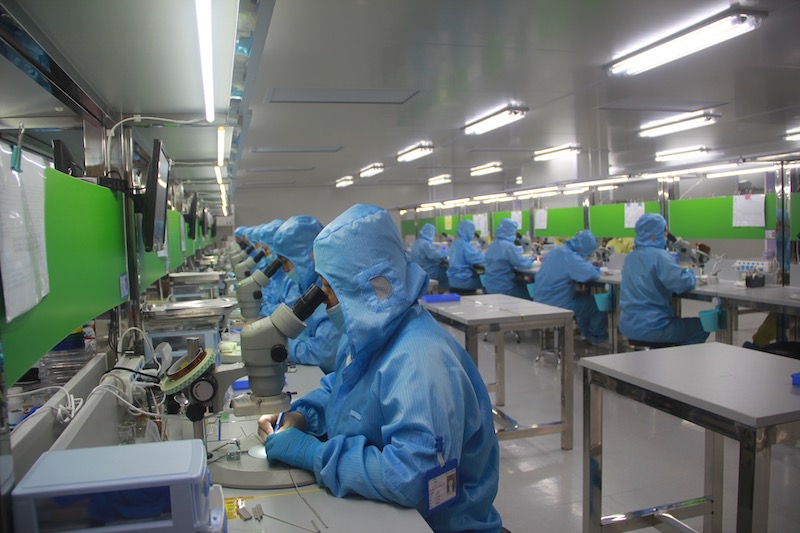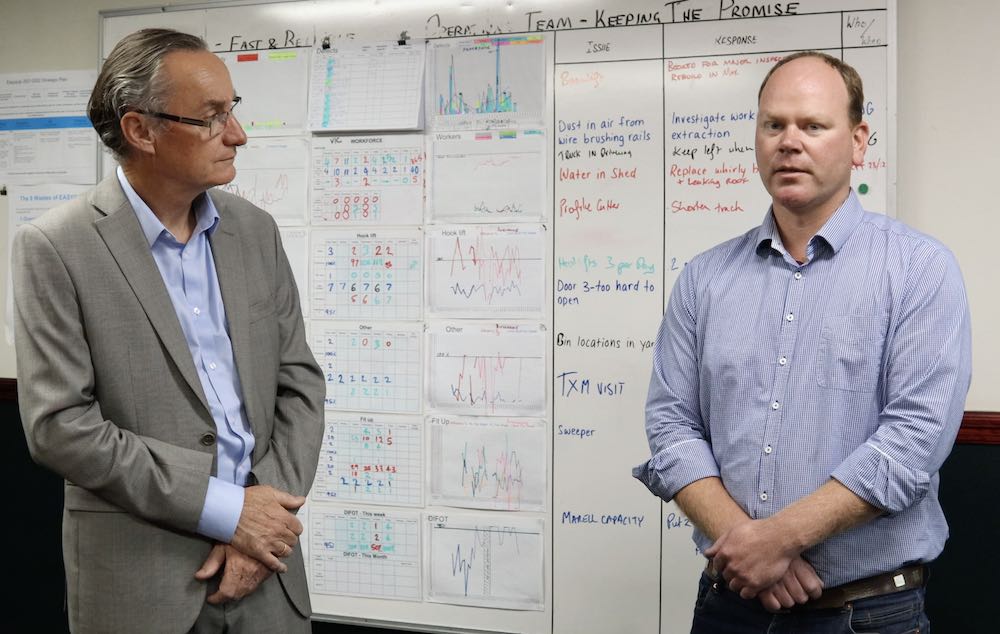Manufacturing Insights from China

Why do you see “Made in China” on so many things you own? This is a question that Lauren Magarino asked TXM China Consulting Director and Senior Consultant, Justin Tao on The Why, a US News Program recently.
China is seen to be the global manufacturing leader, and some would say the “world’s factory” says Lauren in her opening interview with Justin. The US imported $111 billion in electrical machinery from China in 2020.
In 2010 the manufacturing output of the United States and China was roughly equal each around $2.3 trillion. Since then, however, China has been the undisputed global manufacturing leader.
“How did this happen, that China now dominates the US market”?

Justin is well placed to discuss the emergence of China becoming the global leader of manufacturing. TXM has been at the fore front of this huge development by bringing the world’s best standard of lean consulting services to China and assisting the transformation of Chinese manufacturing.
“This is a complex area, but fundamentally Made in China was born as a result of a large workforce of hard-working low-cost labour. This appealed to foreign investors. China’s rapid manufacturing transformation saw the quick advancement in technology and advanced manufacturing practices that included the adoption of Lean manufacturing in its fast growth” says Justin. Justin is a Global Lean expert and has assisted TXM to succeed in the Chinese market as well as in Australia where he now lives.
The adoption of Lean Manufacturing says Justin “really appealed to China’s growth mentality because it is a method to reduce cost, shorten lead time, improve quality and be more agile”.
“United States and Chinese manufacturing have a long history of exchanging intellectual knowledge” says Justin. The US car assembly line of the 1920’s made a strong impression on China and over the years both countries have learnt from one another. The US was a manufacturing leader but now China dominates the world as the global manufacturing giant, explains Justin.
How did the Chinese Government Help Manufacturing?
“The Government had a lot to do with Made in China sucess,” says Justin. “In fact it played an essential role because they developed a lot of industrial parks and provided free land and zero tax or very low tax for domestic investors as well for foreign investors. China was developed as the Manufacturing magnet. They also subsidised new technologies such as, new energies, electric vehicles, solar panels which provided a huge incentive for manufacturing development” says Justin.
China also has an excellent supply chain eco system. “This includes raw materials, supplies, components, manufacturers, distributors, couriers which are all cost effective and more efficient to manufacture products,” says Justin. “Chinese factories are like huge towns with dormitories, millions of workers, that work along the supply chain to produce billions of products” says Justin.

“The Chinese Government has a central role in “planning with the co-country” there is only one party, and that party develops a 5-year plan with goals that are achieved. Once 5 years are up another 5-year plan is done that’s why China has become the manufacturing leader. It has no opposition and can achieve huge things like the roll out of the high-speed rail in 20 years” says Justin. High speed rail enabled workers to come in from the countryside and all over China to boost Chinese manufacturing at record speed, explains Justin.
What Sort of Problems Does China Face?
Manufacturing in China, while successful, has developed it owns problems says Justin, “Private operators focus so much on making a profit in the short term that longer term planning, brand building and the environment are sacrificed” he says. “There has been so much technological advancement as part of the manufacturing expansion in China, but this has not translated into management practices these have lagged behind,” says Justin. TXM work with Chinese manufacturers to address these gaps and to reduce cost, shorten lead time, improve quality and be more agile.
Justin is proud of the Made in China success. Everyone benefits and now “we cannot live without it” he explains. We can learn a lot from Chinese manufacturing.
Closer to home now, Justin thinks Australian manufacturing can also take away something from the Chinese experience. Australian manufacturing, like so many in the world has been transferred to China or elsewhere and during the recent COVID-19 time realised its dependence on imports such as face masks, hand sanitiser, rapid covid test which were in high demand but not produced in Australia.
“Manufacturing has been the dinner table discussion as product shortages and supply chain disruptions have impacted us all no matter which country we live in” says Justin




